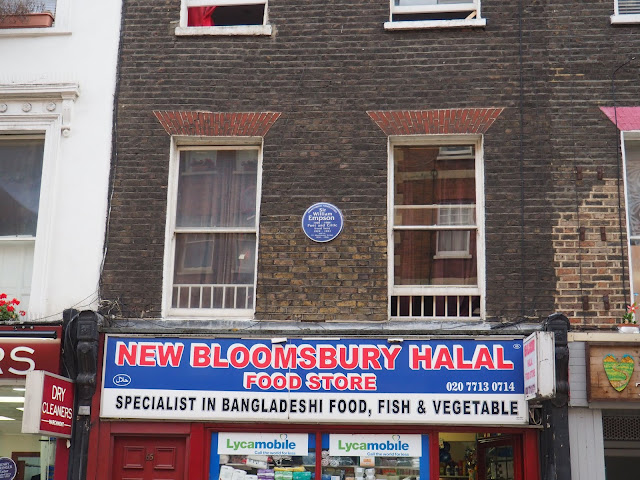Last Sunday I walked from Uxbridge to Moor Park, Tube station to Tube station, most of it along the London Loop, much of it along the Grand Union Canal. That’s not my usual kind of walking territory, which was an attraction in itself, and another attraction was that I was walking with Foster Spragge who is sometimes described as a walking artist, and at the very least is an artist who sometimes uses walking as part of her “practice.” This is her:
The overall title of the project is "Drawing Dialogues on the London Loop," and it’s connected with an organization named tickbirdandrhino, the brainchild of Mat Clum, who was also on the walk. It says on the website that Foster’s “current work involves a series of drawings created whilst investigating, walking and/or swimming in real time through specific environments - making marks that resonate within her sense of self and place.” Sounds about right.
We met at Uxbridge station, which is quite a destination in itself. Is it the only London tube station that has stained glass? Surely somebody will tell me.
I was on Walk 9. There are 15 walks most of them in 2 parts of about 5 miles each, though the last walk is 3 parts. I’ll be there for at least some of that.
The project is partly about mapping. We were following maps created by Transport for London and as we walked, Foster held a clipboard which made her look like a council official doing a survey rather than an artist, which in some way seemed a good thing. It certainly stopped people asking questions.
On the board was a sheet of paper, marked up with a line of marks or holes. Every 7 minutes as we walked she used a compass embedded in a clear plastic ruler with 2 circular holes in it (of nautical origin I imagine), and centered it on the spot marked by a hole, drew a line marking the east/west axis, and a couple of circles. This created gorgeously inscrutable images that will, I believe, ultimately be used to inspire a different work of art.
On the board was a sheet of paper, marked up with a line of marks or holes. Every 7 minutes as we walked she used a compass embedded in a clear plastic ruler with 2 circular holes in it (of nautical origin I imagine), and centered it on the spot marked by a hole, drew a line marking the east/west axis, and a couple of circles. This created gorgeously inscrutable images that will, I believe, ultimately be used to inspire a different work of art.
We agreed that it would be possible to use this as a map to, as it were, reverse engineer the route, but why would anybody do that?
And so we walked – just 4 of us as it turned out – and we looked around and observed, and took some photographs. Much of the walk was quite watery;
There was some wild(ish) life – a fake crocodile (alligator?) and a real cat
And suddenly, as we got near to Moor Park, the path took us right into the middle of a very fancy bit of suburbia. There were security cameras trained on us, so obviously we waved to them. This part was wildly out of keeping with the rest of the walk and although I’m well aware of the contested evils of suburbia, I am fascinated by that kind neatness, by which I mean other people’s, since I’m quite incapable of living like that. I am also a sucker for topiary:
We covered about ten miles. I could have walked further if I’d had to, but I was glad I didn’t have to.
This is Forster Spragge’s website:
This is tickbirdandrhino

























































